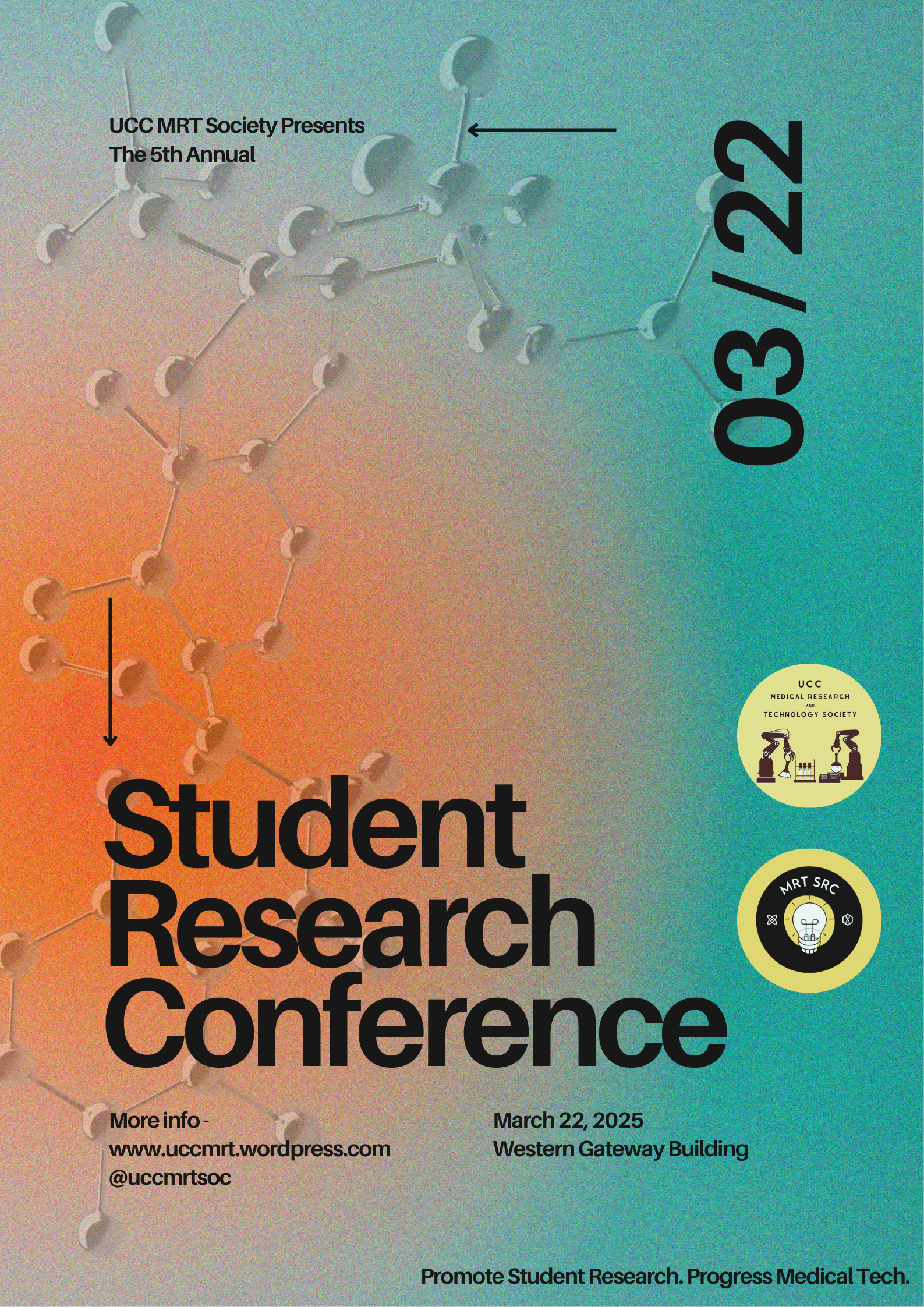Reaching the 6-hour target: a comparative analysis of patient characteristics and outcomes in the emergency department
DOI:
https://doi.org/10.33178/SMJ.2025.1.27Abstract
Objectives: Prolonged Emergency Department (ED) visits lead to overcrowding, compromising safe provision of care. To improve patient outcomes, the Emergency Medicine Programme for Ireland set a national target that 95% of ED attendees should be admitted or discharged within 6 hours. This study aims to define the characteristics of patients attending the ED and compare these characteristics for patients whose episode of care was or was not concluded within the 6-hour target.
Methods: A cross-sectional study was conducted at Cork University Hospital (CUH), a level one major trauma centre. A total of 2,166 adult patients (aged >= 16 years) were included from the iPatient Manager database.
Results: Overall, 50.9% (n = 1,103) of patients had an episode of care lasting less than 6 hours. Over 75s were more likely to stay over 6 hours (n = 300, 68%). The most frequent presenting complaints were ‘limb problems’ (n = 218, 69%) under 6 hours and ‘shortness of breath’ (n = 73, 66%) over 6 hours. Most episodes of care concluded under 6 hours for self referrals and over 6 hours for 999 calls and GP referrals. Triage categories 1, 4 or 5 were more likely to stay in ED under 6 hours. Admitted patients were more likely to stay in ED over 6 hours (n = 606, 74%).
Conclusion: This study suggests national targets are not being met, indicating the need for better streamlined outpatient services and further resourcing for urgent care service planning and provision in the future.

Downloads
Published
Issue
Section
Categories
License
Copyright (c) 2025 Kelsey Timoney

This work is licensed under a Creative Commons Attribution-NonCommercial 4.0 International License.









